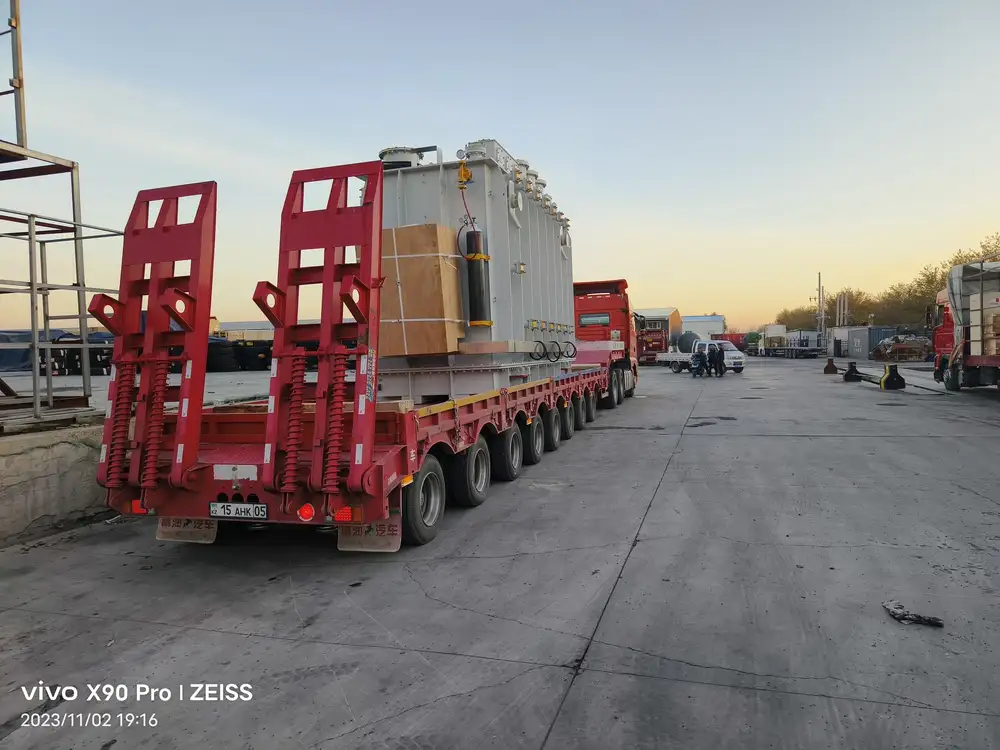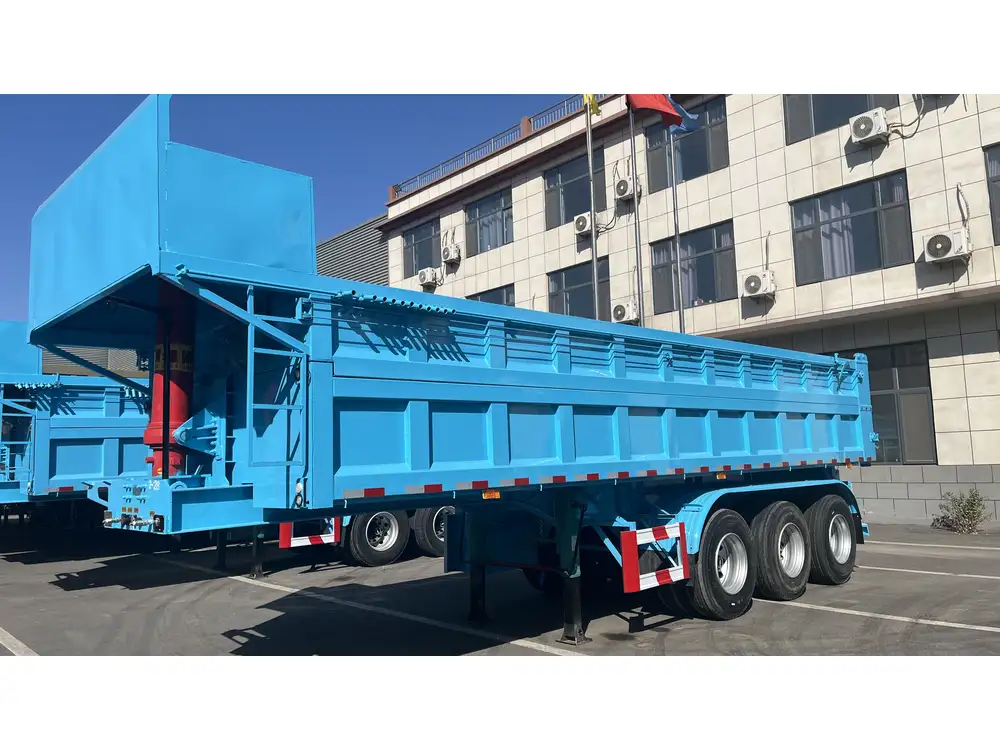When it comes to the logistics and transportation of fuels, one of the most pertinent questions that arise is: how many gallons does a fuel tanker hold? Understanding the capacity of fuel tankers is essential for manufacturers, logistics companies, and anyone involved in the supply chain for petroleum products. This article dissects this question and provides an in-depth analysis of fuel tankers’ capacities, types, and implications for transport efficiency.
Understanding Fuel Tanker Capacities
To accurately address the query regarding the number of gallons in a fuel tanker, we must first explore the different types of fuel tankers. Fuel tankers vary significantly in design, size, and functionality. Here’s a structured overview:
| Type of Fuel Tanker | Typical Capacity (Gallons) | Common Usage |
|---|---|---|
| Small Tankers | 1,000 – 5,000 | Local delivery and operations |
| Medium Tankers | 5,000 – 15,000 | Regional transportation |
| Large Tankers | 15,000 – 30,000 | Long-distance hauling |
| Super Tankers | 30,000 – 50,000 | Major distribution and export |
The Small Tankers: 1,000 – 5,000 Gallons
Typically utilized by small businesses or local markets, these tankers come with a capacity of 1,000 to 5,000 gallons. They are designed for urban settings, where maneuverability is critical. Their smaller size allows them to navigate congested city streets while maintaining efficient fuel delivery.

The Medium Tankers: 5,000 – 15,000 Gallons
Medium-sized tankers serve as the backbone of regional fuel delivery. With a capacity ranging from 5,000 to 15,000 gallons, these tankers can efficiently transport fuels to gas stations, industrial sites, or large residential areas. They often find usage in keeping construction sites and manufacturing plants supplied with diesel and gasoline.
Large Tankers: 15,000 – 30,000 Gallons
For longer distances and extensive fuel distribution, large tankers range from 15,000 to 30,000 gallons. These tankers are often employed in significant delivery operations to serve multiple clients across a region.
Super Tankers: 30,000 – 50,000 Gallons
Super tankers, which can hold up to 50,000 gallons, are typically used in the transportation of fuel over vast distances, including export activities. They play a crucial role in global fuel distribution networks, supplying fuel across continents and ensuring energy availability in various markets.

Factors Influencing Tanker Size
The choice of fuel tanker is influenced by multiple factors. An understanding of these factors assists businesses in optimizing their transport methods:
- Distance: Longer distances typically necessitate larger supply capacities for cost-efficiency.
- Type of Fuel: Different fuels (gasoline, diesel, biofuels) may dictate tanker design and capacity.
- Regional Regulations: Different regions may have regulations that stipulate tanker dimensions and capacities.
- Market Demand: Fluctuate market demands can influence whether larger or smaller tankers are used.
Capacity and Weight Considerations
It’s vital to mention that fuel tankers are further classified into two distinct categories:
- Cargo Capacity: This refers to the maximum number of gallons a tanker can carry.
- Weight Capacity: This consideration is crucial since fuel tankers must adhere to weight regulations when fully loaded.
Typical Weight Capacities
- Small Tankers: Up to 10,000 lbs (4,500 kg)
- Medium Tankers: Approximately 26,000 lbs (11,800 kg)
- Large Tankers: Can reach 50,000 lbs (22,700 kg)
- Super Tankers: Exceeded 80,000 lbs (36,300 kg)
These weights significantly impact road logistics, since overweight loads can incur fines and affect transport efficiency.

Safety Measures and Regulations
With the extensive loads involved in the transportation of fuel, stringent safety measures and regulations are essential. Regulatory bodies outline precise standards that must be maintained. Here are some crucial factors in tanker safety:
- Design Standards: Tankers must be constructed following specific material and design regulations to withstand the pressures of transportation.
- Loading and Unloading Protocols: Procedures must ensure the fuel is handled safely to prevent spillages and accidents.
- Periodic Inspections: Regular checks are necessary to ensure that every component of the tanker operates correctly and adheres to safety standards.
Environmental Considerations
An often overlooked aspect of the fuel transportation industry is its environmental impact. Fuel leaks during transport can have catastrophic effects on ecosystems. Thus, the incorporation of double hull designs and spill containment measures is becoming the industry standard for safety.
Cost Analysis of Fuel Transportation
Understanding the cost associated with fuel transportation is essential for businesses and stakeholders. Here’s a detailed look at the factors influencing these costs:
| Cost Factor | Details |
|---|---|
| Fuel Prices | Fluctuating global oil prices influence transport expenses. |
| Labor Costs | Skilled labor is needed for loading/unloading and driving. |
| Maintenance | Routine maintenance ensures tanker efficiency. |
| Insurance | High insurance premiums due to potential spill risks. |
| Regulatory Fees | Costs associated with compliance to safety regulations. |
Each of these elements contributes to the overall cost of transporting fuel, reflecting the importance of choosing the right type of tanker for the job.

Conclusion: Strategic Choices in Fuel Tanking
To conclude, understanding the question of “how many gallons in a fuel tanker” extends far beyond a simple numerical answer. The practical aspects of fuel tanker usage correlate with various logistical considerations, regulatory frameworks, and safety measures.
When making strategic choices regarding fuel transport, careful analysis of fuel tanker types, their respective capacities, and the influencing factors is paramount. Whether you are a manufacturer or logistics provider, leveraging this knowledge ensures that your fuel transportation practices remain efficient, safe, and economically viable.
As you consider your options and engage in fuel transportation, remember that choosing the appropriate type of tanker can significantly impact not just your expenses but also the broader implications for safety and environmental responsibility in fuel logistics. Always ensure that the chosen tanker meets your operational needs while adhering to local and international regulations for optimal performance.



